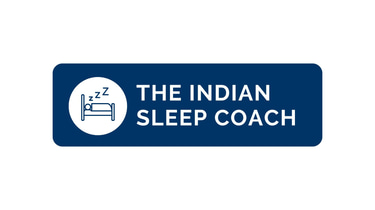5 Employee Wellness Workshop Trends HR Teams in Asia Are Embracing in 2025


As an HR leader, you're not just managing people—you’re shaping the culture. And in 2025, employee wellness has become a key part of that mission.
Across Asia, companies are moving beyond token wellness perks and leaning into programs that truly support mental, emotional, and physical health. Here are 5 wellness workshop trends that are gaining real traction this year:
1. Mental Health Is a Must-Have
The stigma around mental health is slowly breaking. Forward-thinking companies are now offering workshops on burnout recovery, emotional resilience, and trauma-informed leadership. Some even organize structured mental health days with guided journaling, check-ins, or optional therapist sessions. Managers are also being trained to spot early signs of distress.
2. Nervous System Support, Not Just Stress Relief
Employees don’t just want to “manage stress”—they want to feel regulated. That’s why somatic tools like breathwork, yoga nidra, and Tension & Trauma Release Exercises (TRE) are being added to wellness sessions. Even short “regulation breaks” during all-hands meetings are becoming a norm.
3. Sleep Is the New Productivity Tool
Workshops on sleep health are on the rise—especially in fast-paced urban centers across India, Southeast Asia, and the Middle East. Companies are exploring:
Sleep coaching programs
Workshops on circadian alignment (great for hybrid and shift workers)
Wearable-driven sleep education to help employees understand their own patterns
4. Tech-Enabled Wellness with Biofeedback
Today’s workshops aren’t just about listening—they’re interactive. HRV monitoring, real-time emotional check-ins, and even AI-based stress tracking tools are now part of the mix. Companies are offering dashboards that let employees track wellness patterns alongside work rhythms (always with privacy safeguards in place).
5. Trauma-Informed Yoga & Mindfulness
Mindfulness isn’t just about “staying calm” anymore. Especially in high-pressure sectors like tech, finance, and NGOs, HR teams are turning to trauma-informed yoga, guided meditations, and emotionally safe movement practices. These create space for healing, not just productivity.
Final Thought for HR:
If your wellness programming still looks like it did five years ago, it’s time to refresh. Today’s teams are looking for depth, relevance, and real tools that fit their cultural and emotional context. And HR is perfectly positioned to lead that shift.
